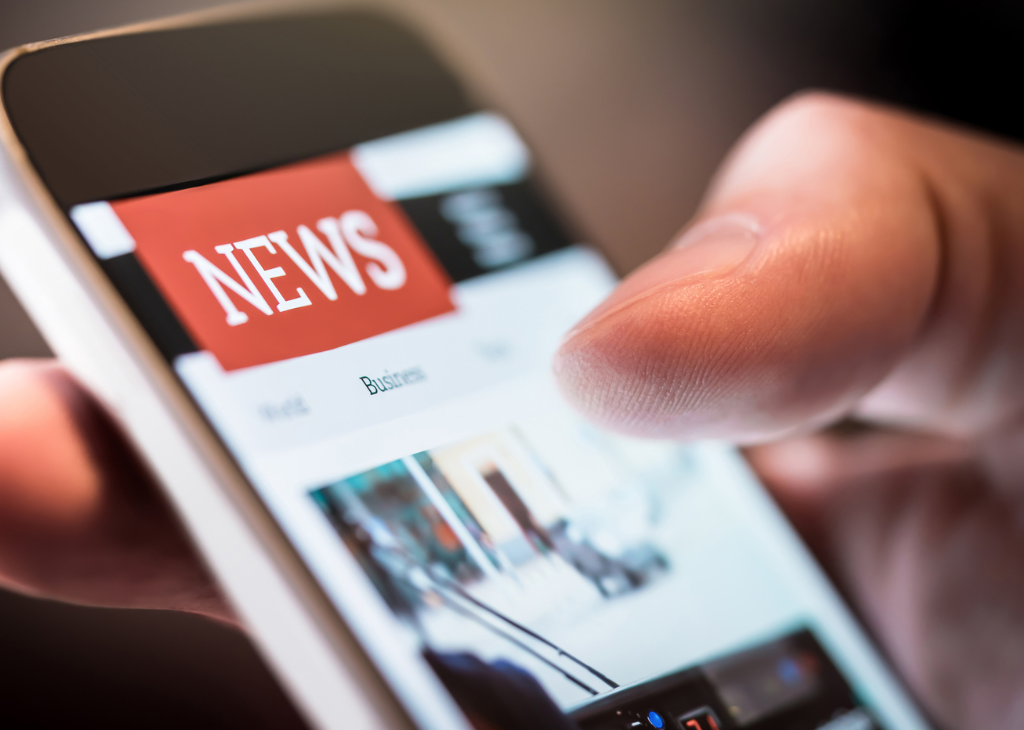Itai Himelboim, Guy J. Golan, Bitt Beach Moon & Ryan J. Suto (2014). A social networks approach to public relations on Twitter: Social mediators and mediated public relations. Journal of Public Relations Research, 26(4), 359-379. DOI:10.1080/1062726X.2014.908724
Summary
This study proposes theoretical and practical frameworks to systematically examine mediated public relations in social media spaces. We applied a social network conceptual framework to identify and characterize social mediators that connect the U.S. State Department with its international public. The results showed that social mediators vary in terms of their formality and interdependence. Formal social mediators were primarily U.S. government agencies while informal social mediators were non-governmental organizations (NGOs) and individuals. Notably, relationships with populations in the Middle East and North Africa were mediated primarily by informal actors, while formal mediators played a key role in connecting the public with everywhere else in the world. Government-related formal mediators and informal social mediators showed similar levels of bilateral relationships. In contrast, news media, the most traditional public relations mediators, were rarely found as social mediators and demonstrated the most unilateral relationships.
Method
This study integrated social network analysis of user-interaction on Twitter with content analysis of user self-descriptions. Network analysis is the analysis of patterns of interactions among social actors, such as individuals and organizations. In this study, social actors include any Twitter user who tweeted using the hashtag #SecClinton. This included individuals, government agencies, and media. Relationships were created when users followed, replied or mentioned one another. Ten datasets were drawn, every Wednesday and Monday, between 11/17/2011 and 12/19/2011.
Key Findings
- The Twitter information flow between the U.S. Department of State and its publics worldwide was mediated primarily by U.S. government-affiliated users (about half of all social mediators), followed by individual users, not affiliated with any institution (about a quarter of mediators).
- News media, which historically govern the role of mediating government and the public, made only eight percent of the social mediators.
- In terms of regional differences, the Middle-East/North African public on Twitter was the only public in our study that was mediated primarily by bloggers and grassroots organizations, rather than by U.S. government-affiliated Twitter accounts.
- In terms of bilateral relationships between organizations and their publics, individuals bloggers/grassroots users exhibited the highest reciprocity values (M=.19), closely followed by foreign governments (M=.18), US government agencies (M=.17) and NGOs (M=.16). The lowest reciprocity levels were exhibited by media (M=.12, SD=.09)
Implications for Practice
For decades, media gatekeepers played an important role in influencing the manner in which organizations communicated with their stakeholders. However, the emergence of social media platforms brought forward important new actors who are highly influential in shaping organization-public engagement. The study argues that organizational engagement of stakeholders on social media platforms is a mediated rather than direct process since the relationship is dependent on unaffiliated social mediators whose participation in content distribution is essential to the engagement effort. The study highlights the methodological appropriateness of social network analysis to the field of public relations, as it provides tools for data collection, analysis and mapping of organization-public relationships.
Article Location
The full article is available for purchase at: http://www.tandfonline.com/doi/abs/10.1080/1062726X.2014.908724?journalCode=hprr20#.VeR0uvZVgUl



